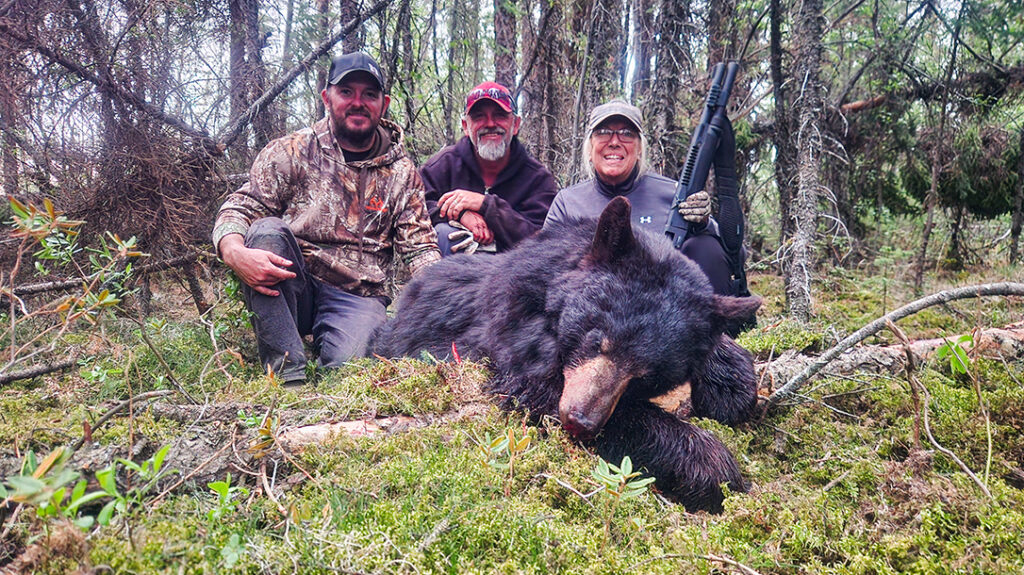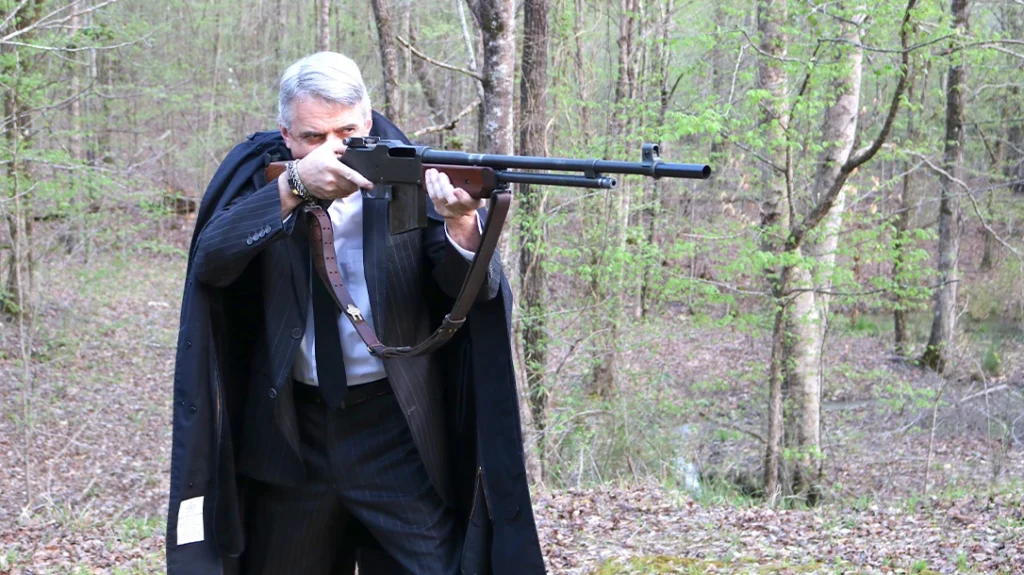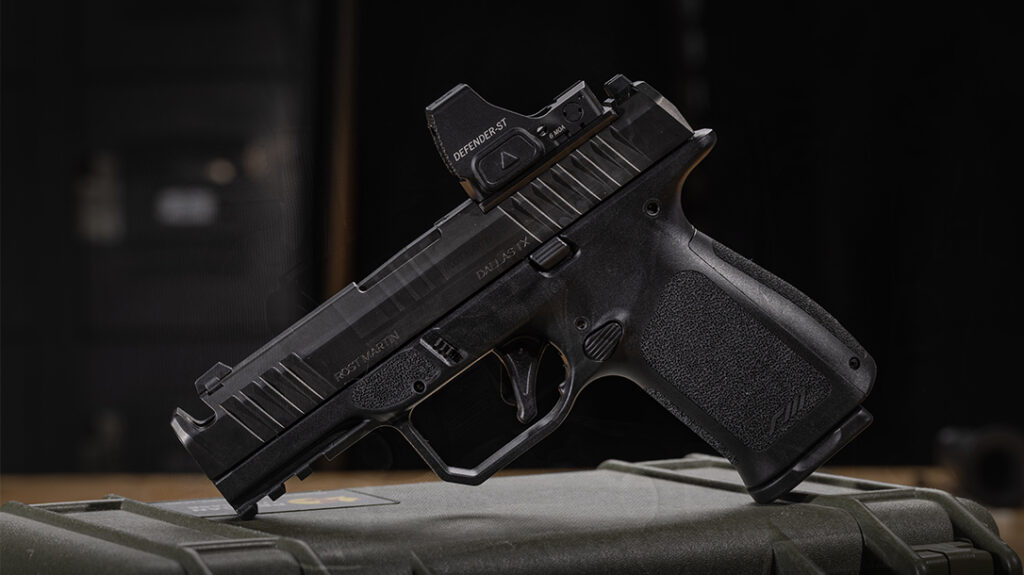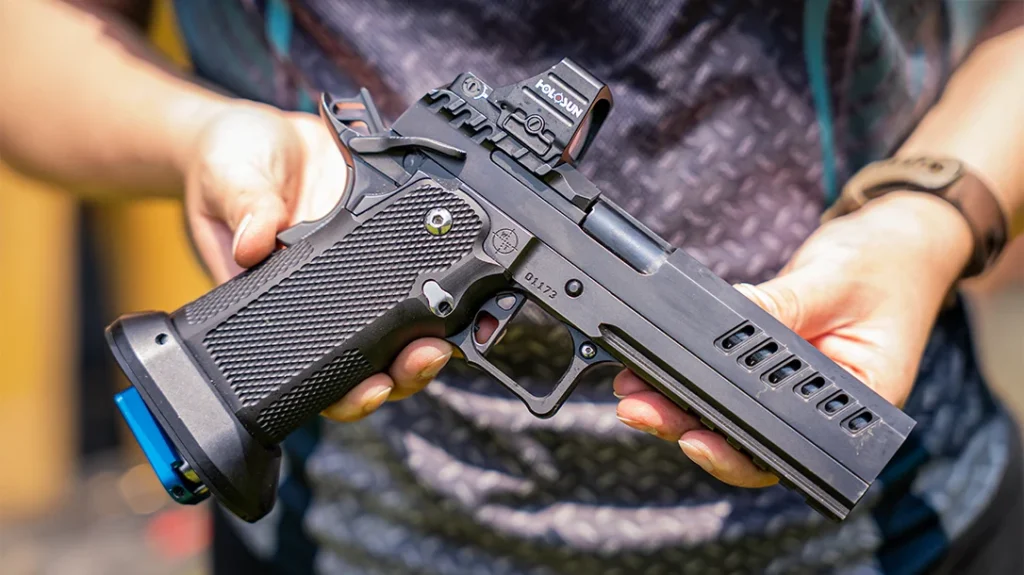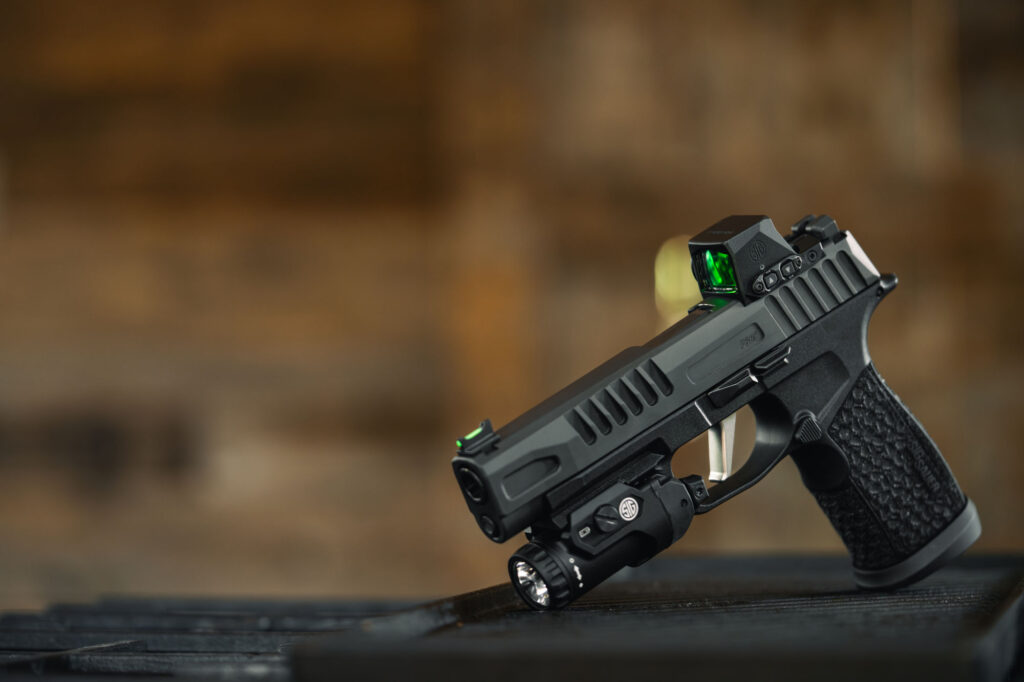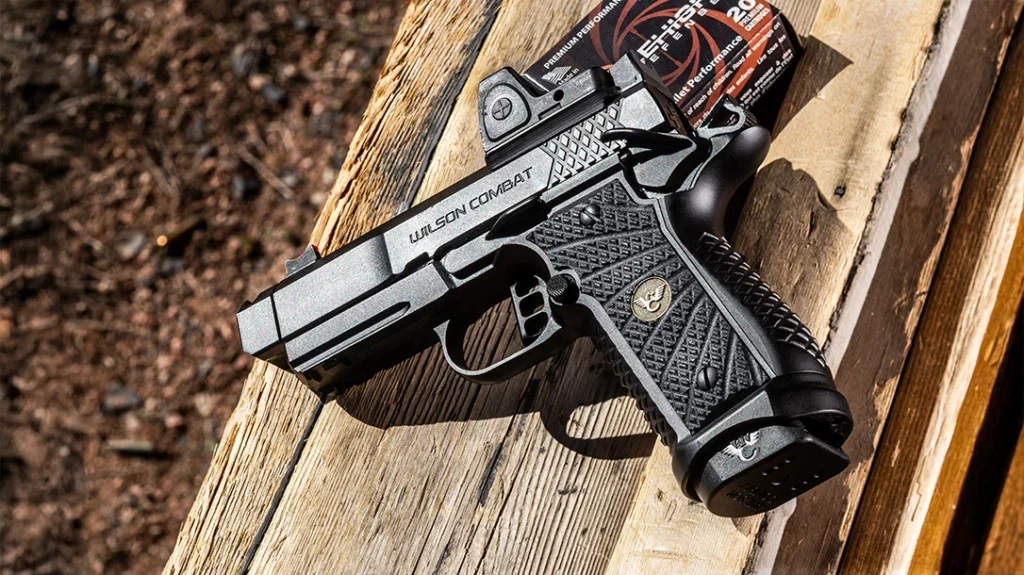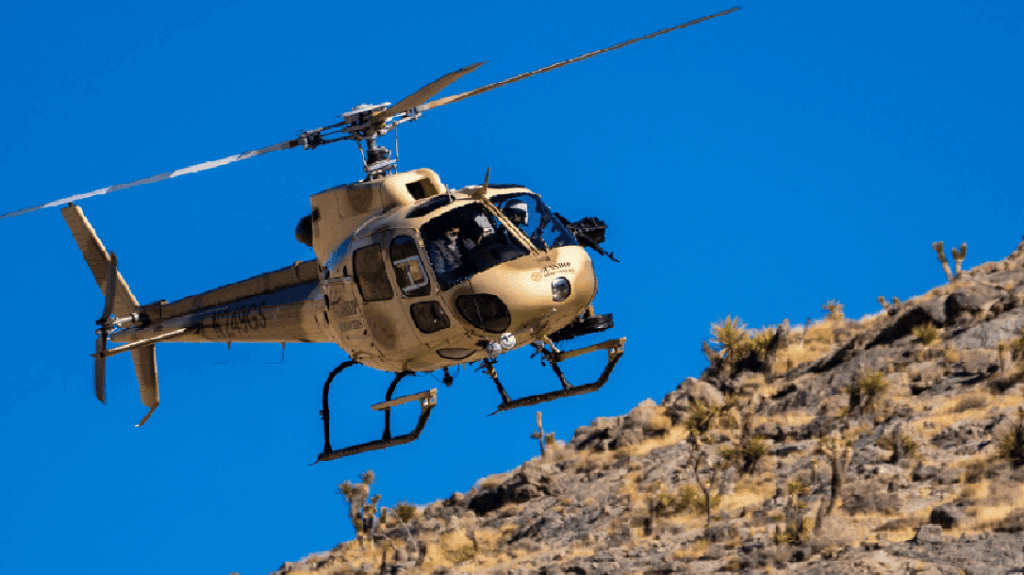The .30-30 Winchester cartridge was the first American small bore smokeless powder cartridge. When it was introduced in 1895, it was state of the art and in the time since, it became synonymous with deer hunting and the lever action rifle. The revival of the lever action platform in the 2020s had long coat tails for the .30-30 cartridge, whose popularity has ebbed and flowed as time went on.
Although it lacks the velocity and some of the latest bullet technology that accompany newer rounds, the .30-30 remains a surprisingly efficient cartridge. This is the story of the .30-30 Winchester and how it stacks up to the competition.
.30 WCF: A Small Bore in the Black Powder Era
The French chemist Paul Vielle developed smokeless gun powder in 1885 to get around the problems of conventional black powder. Black powder was in use since the very first firearms and the key problems with it were never remedied. Black powder fouls easily and the residue left behind is corrosive. It took large sums of black powder to get anything approaching high velocity and it left a cloud of smoke when it burns.
Advertisement — Continue Reading Below
In the latter half of the 19th century, ordnance boards and hunters alike experimented with black powder cartridges and discovered that lighter projectiles at high velocities could strike with just as much energy and have a flatter trajectory compared to conventional .45 or 11mm caliber rounds that got by on size alone. But black powder was inefficient and when pushed too fast, lead bullets tended to melt in the bore.

Smokeless powder produced little fouling and no smoke. It was also more powerful and, when paired with new copper-jacketed bullets, allowed cartridges to achieve truly high velocities.
Advertisement — Continue Reading Below
Smokeless powder was initially a state secret but once the Mle. 1886 Lebel rifle debuted, every major powder sought to develop their own powder and new rifles to use it. The US Army found its first smokeless cartridge in the .30-40 Krag circa 1892. But the .30 wouldn’t see commercial use until 1896. When it did, it arrived in third place. The previous year, the .30 Winchester Center Fire cartridge took first place in the Winchester 1894 lever action rifle.

The 30 WCF was developed by taking the case of the black powder .38-55 cartridge and necking it down to accept a .308-inch diameter flat-point jacketed bullet. Although never a black powder cartridge, the 30 WCF was described by Recreation magazine in 1896 as the 30-30—denoting a .30 caliber bullet backed by 30 grains of smokeless powder.
Advertisement — Continue Reading Below
In that edition, the new round was tested against other existing cartridges like the 32-40, 45-70, and 50-140. The new round launched a 160-grain bullet at over 2,000 feet per second with as much muzzle energy as the 45-70 405-grain load. It had a flatter point-blank range, less recoil, and no smoke. The .30-30 name gained wider acceptance when Marlin, keen not to give their rival free publicity, chambered their Model 1893 rifle in the cartridge.
.30-30 Winchester Success & Regress
The .30-30 was born from rapid technological change in the firearms world and it would not be long before other cartridges and platforms eclipsed it. A few months later, the first Savage Model 95/99 rifles came out in .303 Savage, which was a mild improvement in power.
By 1910, the .30-06 was making inroads with the hunting community with rifles like the Winchester 1895. The .30-06 has a more generous case for more powder and, with comparable bullet weights, produces velocities close to 2,900 feet per second. It also used a more aerodynamic spire-point bullet, whereas the .30-30, when loaded into tubular magazines, required a flat-nosed round.
Advertisement — Continue Reading Below

Despite these challenges, rounds like the .30-06 would not grow in popularity until after World War II when returning GIs flocked to familiar bolt action rifles and the familiar aught-six. The shooting public was endeared to the light and fast lever action. It was not until in the later stages of the 20th century, when rising labor costs to produce lever action rifles incentivized large number of shooters to prioritize the bolt action and semi-automatic rifle.
Although the .30-30 is not as prevalent as it once was, the sheer volume of rifles out there insures its place. From 1895 until present, over 7 million Winchester 1894s were produced—most of which were in .30-30. The Marlin 1893 and later 336 rifles were also produced in their millions.
Advertisement — Continue Reading Below
The .30-30 also saw use in the Savage 99 lever action as well as a few bolt action rifles like the Savage 340. Henry Repeating Arms produces both lever action and single shot rifles in the cartridge. Periodically, some large, framed handguns like the TC Encore and the Magnum Research BFR were also offered.
30-30 Specs:
- Names: .30-30; .30 WCF
- Case Length: 2.03 inch.
- Overall Length: 2.55 inch. (max)
- Case Diameter: .4215 inch.
- Rim: .506 inch.
- Shoulder: 15 degrees
- Bullet Diameter: .309 inch.
- Case Capacity: 45.2 grains H2O
- Maximum Pressure: 42,000 psi
Pros & Cons of the .30-30 Winchester
The .30-30’s historic popularity will mean hunters and shooters will use them, as it is what some will have available to them. But over 130 years since its inception, is there a compelling reason to pick the .30-30 over other hunting cartridges? To answer that, we must remember why it was popular in the first place while balancing realities in the here and now.

Advertisement — Continue Reading Below
The .30-30 offers a good balance of close-range killing power and low recoil in a typically lever action package that is fast to operate, light to carry, naturally ambidextrous. The thirty-thirty nominally uses a 150-170 grain round nosed or flat point bullet (with some exceptions). Loads like these are how the round got its start, and it remains the go-to bullet design since they can be safely loaded tip to tip in tubular magazines. While the .30 isn’t particularly high velocity by today’s standards, that flat point bullet is surprisingly effective at achieving straight-line penetration and dumping blood. Some hunters swear by it over more pointed projectiles.
The other advantage of the .30-30, which can also be seen as a disadvantage is its velocity. Loads like the Hornady LeverEvolution 160 grain FTX and Buffalo Bore 190 grain dangerous game load boast high velocities and can knock you around if you are using a lightweight rifle, but most .30-30 ammunitions run between 2,200-2,300 feet per second in muzzle velocity. Compared to the popular .308 Winchester, which boasts similar bullet weights at about 2,700 feet per second, the .30-30 appears slow.

But that does translate into less felt recoil on the shooter. 150 grain .30-30 ammunitions generate approximately 11 pounds of recoil energy. A .308 Winchester 150 grain load generate eighteen. Depending on the weight of the rifle, felt recoil with the old 30-30 is comparable than the venerable soft-kicking .243 Winchester.
Another consideration is cost. The bullet profile that limits the .30-30’s range and trajectory is not only remarkably effective, but also cheap. Rifles in .30-30 are so numerous and ammunition using flat base cup and core round nosed bullets have been around for so long that the cost of ammunition is less expensive than other comparable centerfire rifle cartridges.
This makes the cost of entry low if you find a rifle at a reasonable price. Unfortunately, the renewed interest in lever action rifles have driven up the cost of new models and the new shooter might be better served with another platform.
.30-30 Ballistics
The more time rolls on and the more old-fashioned lever actions have become, the more myths you hear about the lever action. And since the .30-30 is the archetypical lever action round, a lot is said about the .30-30. For every hunter who swears by its effectiveness, there is another who will say it is only good out to 100 yards, while others still will say it will not bleed deer and you need something bigger. To that, I can only answer that the wisdom of the millions of woodsmen and women who bought .30-30s over the decades should outweigh anecdotes. But all rounds have its limits, and it is worthwhile knowing. It is also helpful if you have something to compare your results to. To that end, I broke out my 20-inch barreled Marlin 336 and headed to the range to see what I could learn.
My rifle is zeroed for Winchester Super X 150 grain soft points and shoots them into a 2-inch group at 100 yards. Using that 100 yard zero, I shot the rifle out to three hundred yards with that ammunition. Then I fired Winchester Super X 170 grain loads as well as Hornady’s LeverEvolution 160 grain FTX. That round features a polymer tipped spire point that is safe to use in tube magazines and is the latest in lever action ammunition. The results are as follows:

Hornady’s LeverEvolution rounds, when fired inside 100 yards, seems like a waste of ammunition. It was marginally faster than the standard 150 grain load out the gate, but at distances beyond 100 yards the tale of the tape started to show. Those 160 grain pointed rounds were holding onto their energy and dropping less than either soft point loading. The conventional 150 grain Winchester round requires very little hold over out to 200 yards when drop accelerates. By comparison, the 170 grain Winchester slow pills never catches up. Drop is slightly more than the faster 150 grain loading, but out to 300 yards drop is noticeable and harder to compensate.
Based on this single take, it is easy to conclude that the .30-30 is a viable 200-yard gun, perhaps a little further with the right choice of ammunition. But what about the competition? The .30-30 is well outshined by big bolt action rounds like the .270 Winchester, .308 Winchester, and .30-06. The nearest comparable caliber often put in its place is the .243 Winchester, another low-recoiling deer slayer often prescribed to new shooters.

Big game loads for the .243 nominally range from 80-100 grains and the .243 itself typically uses spire point bullets in companion to a bolt action rifle. The .243 Winchester, when using 100 grain bullets, generates similar recoil energy to the .30-30. At the muzzle, typical 100 grain loads like the Federal Power Shok and Remington Core Lokt boast a muzzle velocity of about 3,000 feet per second. This lighter, but faster combination yields 1,998 foot pounds of energy—more powerful than any of the .30-30 loads we tested. At 200 yards, drop with the .243 using a 100 yard zero is only 3 inches. Downrange power with the .30-30 starts to feel moot and the real debate begins about platforms, such as whether the virtues of a lever action outweigh those of other platforms in your situation.
The .30-30 Winchester: Going Strong Through Three Centuries
The virtues of the lever action rifle are being rediscovered as old designs retooled for new purposes and new challengers to the concept emerge. The mid-sized lever gun in .30-30 is perhaps the least exciting option out there, but it remains popular because it works. Despite the march of new cartridges and the popularity of bolt action and semi-auto rifles, many shooters continue to hit the deer woods and the range with the old .30-30. While there are objectively better cartridges out there on paper, those that know its strengths and its limitations do quite well. Ever the mainstay that it is, the future of the .30-30 Winchester looks good.

